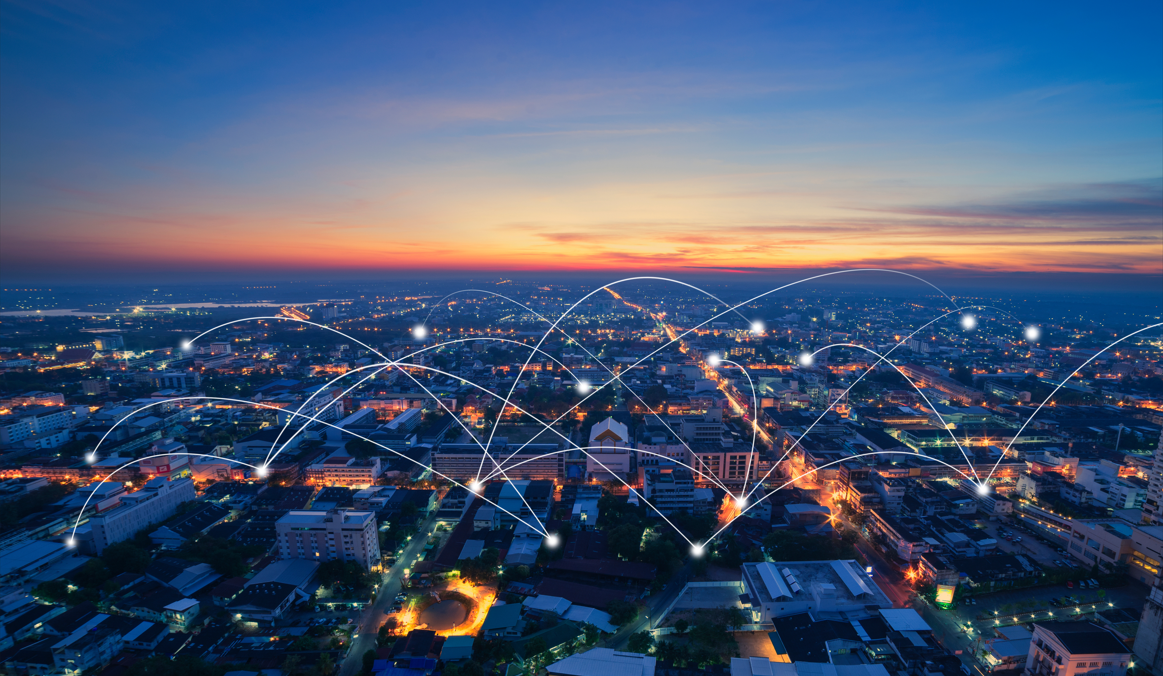At a time when technology is involved in almost every walk of life, cities across the world are harnessing its firepower to make communities cleaner, safer, and more livable. So-called "smart cities," a market with a compound annual growth rate of 9.72% between this year and 2029, leverage cutting-edge technology to fix some truly ancient urban problems.
Let's dive into how they're changing neighborhood safety.
1. Enhanced emergency response: when seconds count
Imagine you're having a heart attack. In a smart city, the moment you dial 911, it instantly accesses your medical history and your whereabouts. It charts the quickest route through traffic for ambulances, shaving precious minutes off response times. Moreover, these cities use advanced technologies to identify safety risks at intersections using Miovision safety analytics and other tools, ensuring that emergency vehicles can navigate through traffic more safely and efficiently.
2. Eyes in the sky: advanced surveillance and crime prevention
A smart city's surveillance cameras aren't just watching --- it's thinking. For instance, Seoul, South Korea, having 1.15 million CCTV cameras as per a 2024 report, uses AI-powered systems that can spot suspicious behavior, alert police, and even predict where crimes might occur.
It's not just all about surveillance cameras. Residents can also use a mobile app to report graffiti or broken streetlights. This community engagement helps nip problems in the bud before they escalate into more serious issues.
3. Taming traffic: safer streets for all
Smart traffic lights in smart cities adapt to real-time conditions, reducing travel time and idling significantly. It can mean fewer accidents and cleaner air.
In other cities, embedded sensors guide drivers to available parking spots, cutting down on circling and road rage. There are also smart crosswalks that give elderly and disabled pedestrians extra time to cross safely.
4. Mother Nature's watchdogs: environmental monitoring
When seconds matter, early warning systems save lives. A smart city's earthquake detection system, for instance, gives residents precious extra moments to take cover. Some cities use a network of sensors to predict landslides up to two days in advance, allowing for evacuations.
Others also use predictive analytics to tackle rat infestations before they spiral out of control. It's not glamorous, but it's a real quality-of-life improvement for residents, equating to a safer community.
5. Keeping the doctor away: smart public health
In smart cities, IoT-enabled sensors monitor air quality in real time, alerting residents when pollution levels spike. It helps those with respiratory issues plan their outdoor activities more safely.
During the COVID-19 pandemic, many cities used a tracing app for contact tracing, helping contain outbreaks swiftly. While privacy concerns are valid, such systems demonstrate the potential for tech to safeguard public health.
6. Smarter buildings, safer lives
Modern skyscrapers are engineering marvels, and smart tech makes them even safer. In smart cities, a network of sensors constantly monitors structural integrity in buildings, alerting maintenance crews to potential issues before they become dangerous.
On a smaller scale, smart smoke detectors in homes can distinguish between burnt toast and a real fire, reducing false alarms and ensuring people take real threats seriously.
7. Community engagement: safety is everyone's business
Smart cities can have apps that let residents report everything from potholes to suspicious activity. This crowdsourced approach to urban management helps authorities and community leaders respond more quickly and efficiently to community needs.
Using digital billboards, ATM screens, and even GPS devices to spread the word about missing children is also possible. It dramatically increases the chances of a safe recovery, helping to decrease the crime rate.
8. Let there be (smart) light
Streetlights are the unsung heroes of urban safety. In smart cities, LED streetlights don't just save energy by using up to 90% less energy --- they're equipped with sensors to monitor air quality, detect gunshots, and even boost WiFi signals.
Smart streetlights brighten when they detect pedestrians, enhancing safety while conserving energy when no one's around.
9. Guarding the digital frontier: cybersecurity in smart cities
As cities become more connected, they also become more vulnerable to cyberattacks. Smart cities use blockchain technology to secure their digital infrastructure against tampering.
The road ahead: future-proofing our cities
The rapid development of smart city technology offers exciting possibilities for urban living, including the potential for more efficient and resilient infrastructure. One approach involves building neighborhoods with underground utility channels, allowing for easier maintenance and integration of sensors to optimize everything from waste collection to energy use.
Conclusion: a smarter, safer future
Smart cities are not about gadgets; rather, it is tapping into data and connectivity that allows for life in urban areas to become safer, cleaner, and more efficient. As these technologies further mature and diffuse, dramatic changes to public safety, health, and quality of life can be expected.
It's not all technology, however. The smartest of cities is the one that marries state-of-the-art technology with civic engagement, transparency, and dedication to serving all residents equitably. Communities can work together for an urban environment that will be not only 'smart' but livable. Citizens, governments, and innovators should work hand in hand.
A brighter, more connected, and more secure future for our cities can be imagined in this very way. The smart city revolution is a future where technology comes into the service of humanity like never before.

